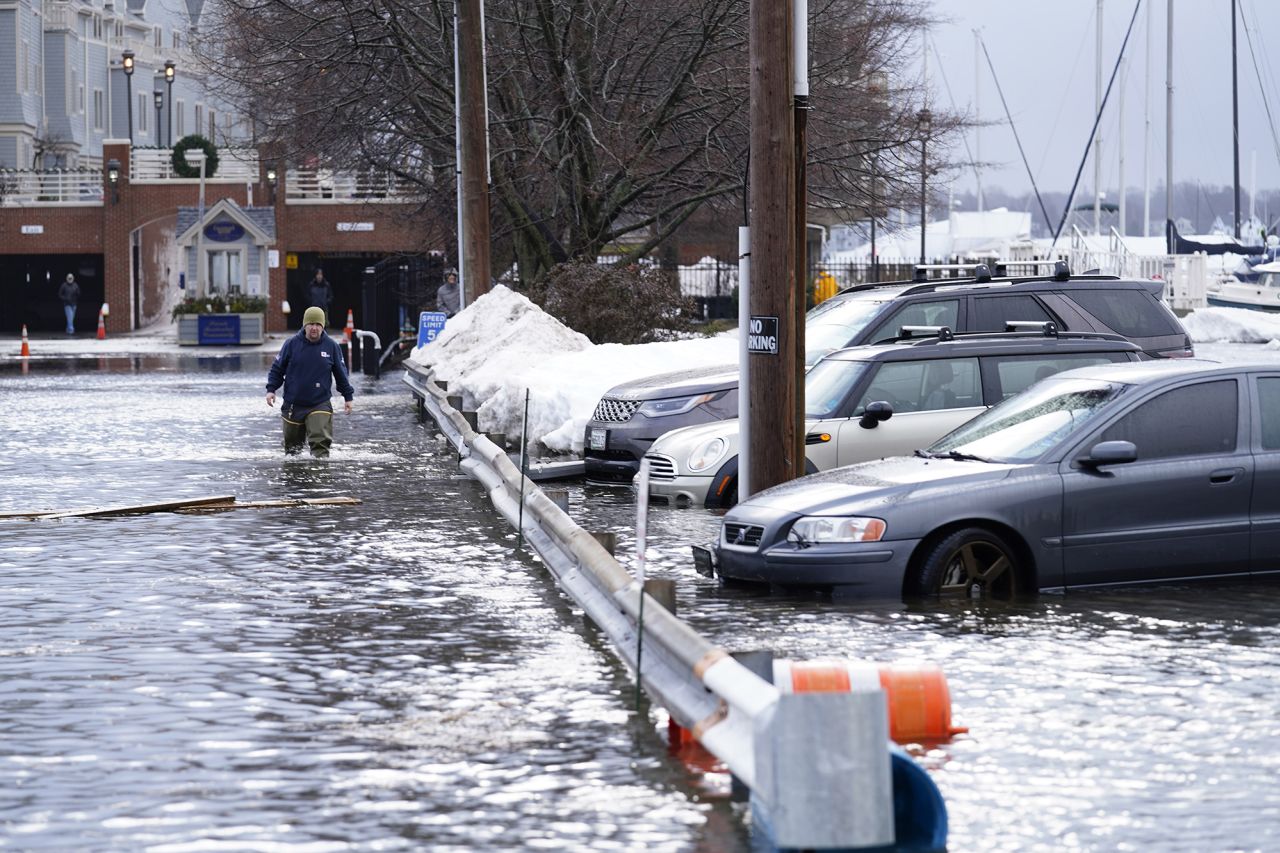As winter storms make their way across the United States, the Southeast is expected to face severe weather conditions, including heavy rainfall, flooding, and strong winds. Meteorologists have issued warnings about potential hazards that could impact millions of residents, urging preparedness measures to mitigate risks. This article explores the upcoming winter storms, their potential impact, safety precautions, and historical context.
The Current Weather Outlook
Meteorologists predict that a powerful winter storm system will sweep through the Southeastern states, bringing significant rainfall, thunderstorms, and even tornado threats in some areas. Weather models indicate that states such as Georgia, Alabama, Mississippi, Tennessee, and the Carolinas will be particularly affected.
- Heavy Rainfall: Forecasts predict several inches of rain within a short period, increasing the risk of flash flooding in urban and low-lying areas.
- Flooding Threats: Rivers, creeks, and streams may overflow due to excessive rain, exacerbating flooding concerns.
- Severe Thunderstorms: Some storms may bring damaging winds, hail, and even isolated tornadoes.
- Temperature Drops: Cold air moving in behind the storm system could result in freezing conditions in certain areas.
Potential Impact on the Southeast
1. Urban and River Flooding
One of the primary concerns associated with this winter storm system is flooding. Cities with poor drainage infrastructure, such as Atlanta, Birmingham, and Nashville, may experience significant water accumulation. Additionally, major rivers like the Mississippi and Tennessee Rivers could see rising water levels, potentially leading to flooding in surrounding communities.
2. Power Outages
With strong winds and possible ice accumulation in some regions, power outages are likely. Downed trees and power lines could leave thousands without electricity for extended periods, complicating rescue and recovery efforts.
3. Transportation Disruptions
Heavy rains, flash floods, and strong winds may lead to hazardous road conditions, increasing the risk of accidents. Major highways and interstates may experience closures, while airports in affected regions could face flight delays and cancellations.
4. Impact on Agriculture
The storm system could disrupt farming operations, especially in areas that rely on winter crops. Excessive rainfall may damage fields, while potential frost and ice accumulation could impact citrus and vegetable farms in states like Florida and Georgia.
Safety Precautions for Residents
Authorities urge residents to take precautionary measures to stay safe during the storm. Here are some essential safety tips:
Flood Preparedness
- Move to higher ground if in a flood-prone area.
- Avoid driving through flooded roads—just six inches of moving water can sweep a vehicle away.
- Keep emergency supplies such as water, food, and flashlights on hand.
Power Outage Readiness
- Charge mobile devices and have backup batteries available.
- Use flashlights instead of candles to reduce fire hazards.
- Keep refrigerators and freezers closed as much as possible to preserve food.
General Storm Safety
- Secure outdoor furniture and objects that could become projectiles in high winds.
- Stay informed through local news channels and weather alerts.
- Have an emergency evacuation plan in place, especially for those in flood-prone zones.
Historical Context: Past Winter Storms in the Southeast
Severe winter storms in the Southeast are not unprecedented. In recent years, similar storm systems have caused significant disruptions:
- February 2021: A powerful winter storm brought record-low temperatures and widespread power outages across Texas and parts of the Southeast.
- December 2019: Heavy rainfall led to severe flooding in Mississippi and Alabama, damaging homes and infrastructure.
- January 2017: A strong storm system resulted in tornadoes and flooding, leaving communities across Georgia and South Carolina reeling.
These historical events highlight the importance of preparation and proactive response to mitigate damage and ensure public safety.
Government and Emergency Response Efforts
Local and federal authorities are closely monitoring the situation and preparing response measures, including:
- Deploying emergency response teams to high-risk areas.
- Setting up shelters for displaced residents.
- Coordinating with utility companies to restore power quickly after outages.
Residents are encouraged to heed evacuation orders and emergency directives issued by local officials to minimize risks.
Conclusion
As winter storms approach the Southeast, it is crucial for residents and authorities to remain vigilant and prepared. With heavy rainfall, flooding risks, and severe weather conditions expected, taking proactive safety measures can help prevent loss of life and property damage. By staying informed, following emergency guidelines, and preparing for potential disruptions, communities can navigate the challenges posed by these winter storms more effectively.




